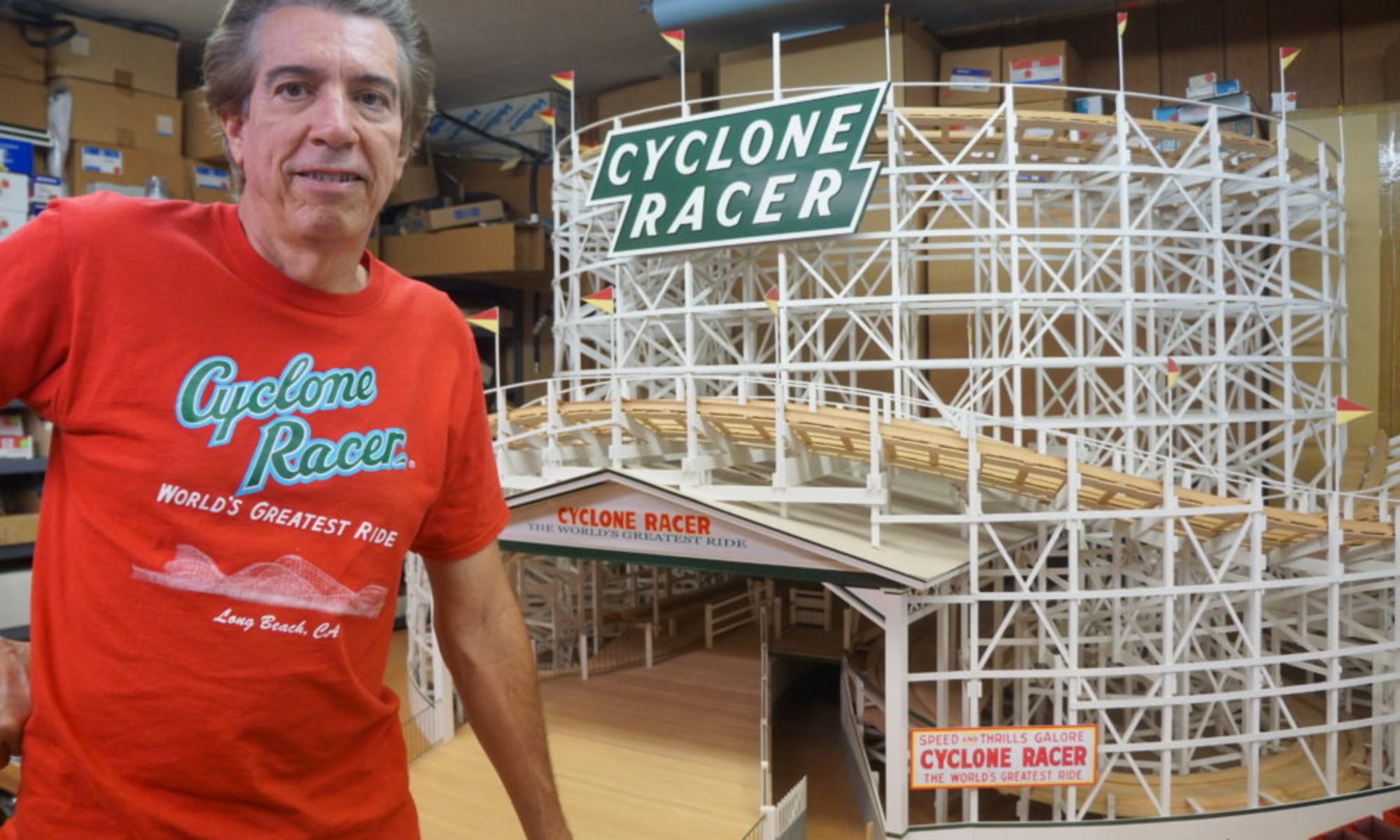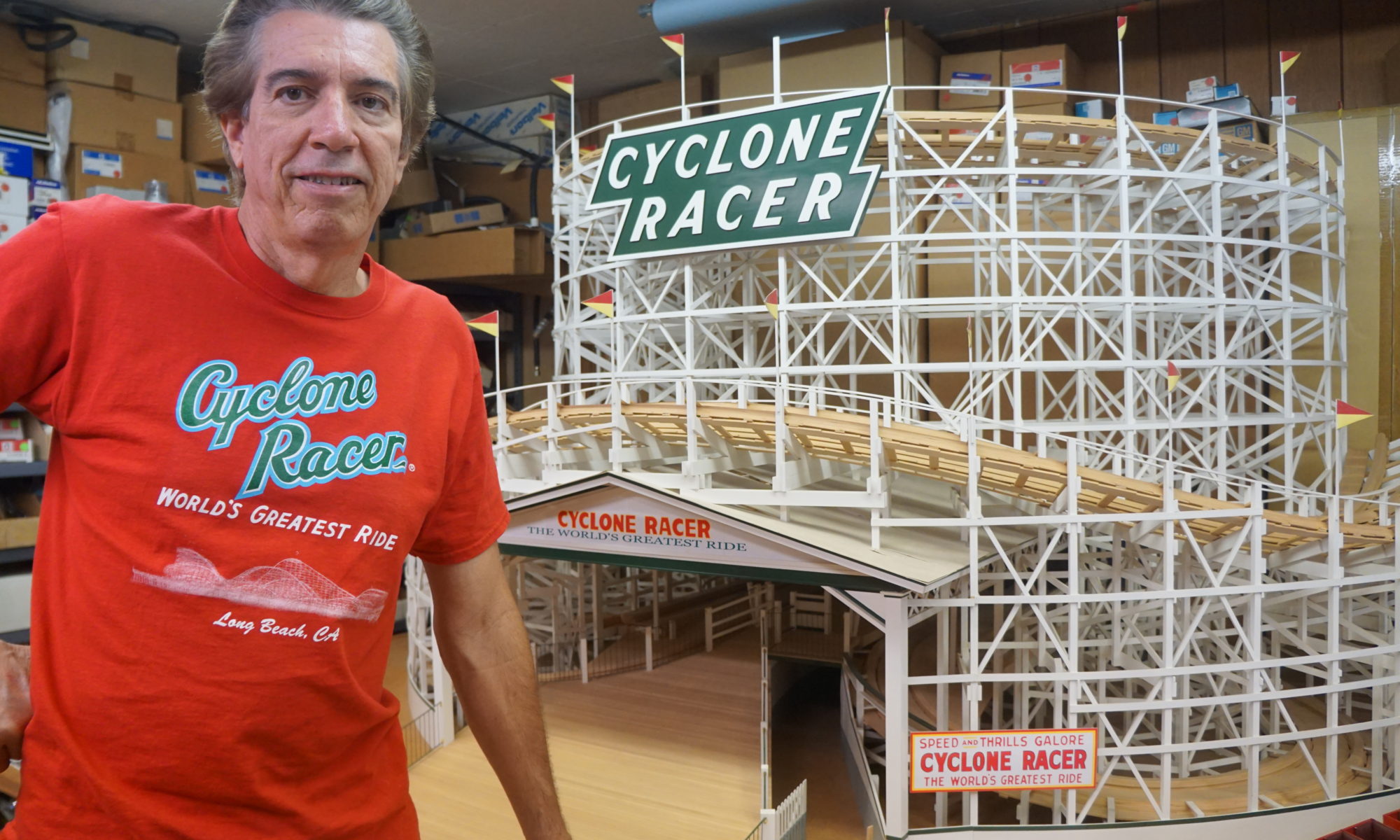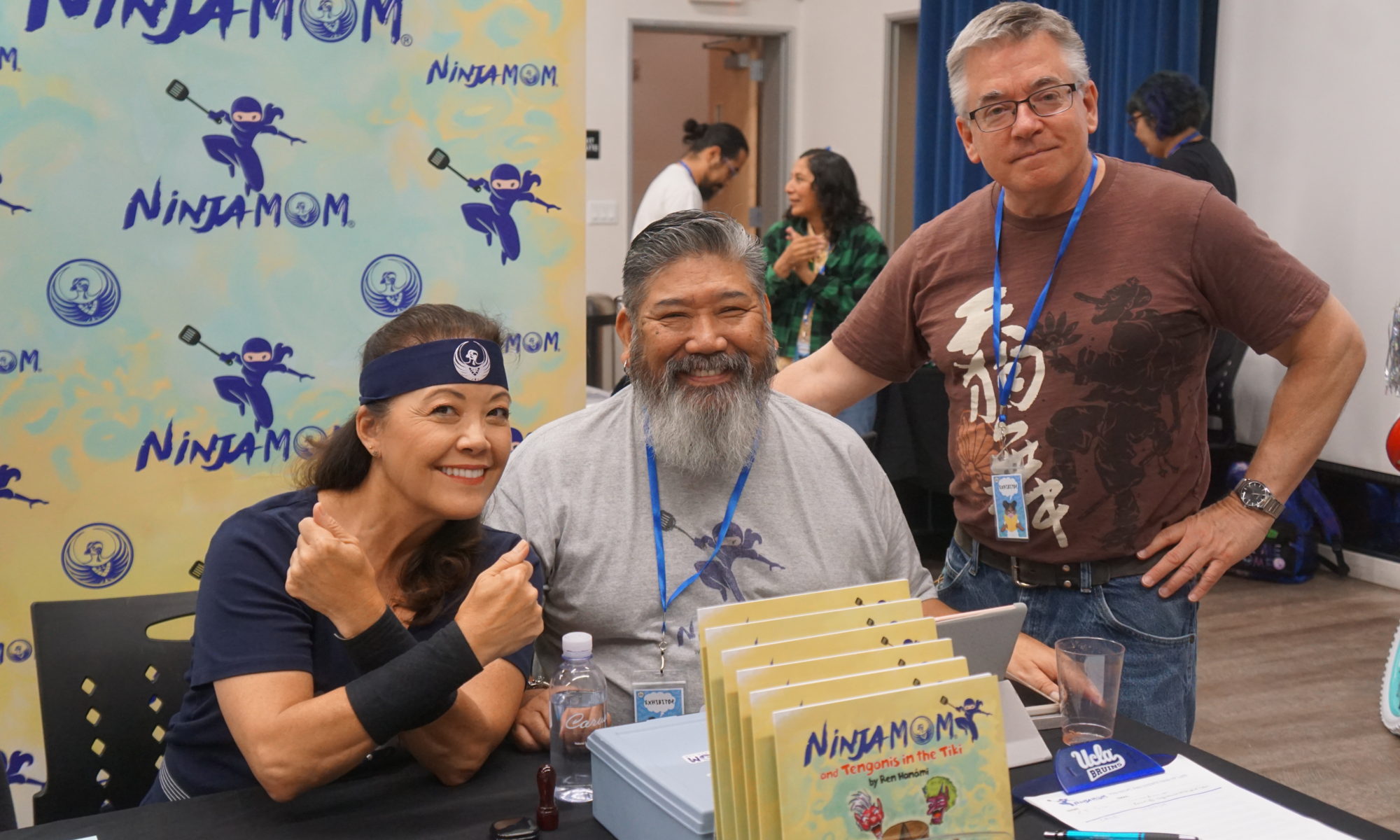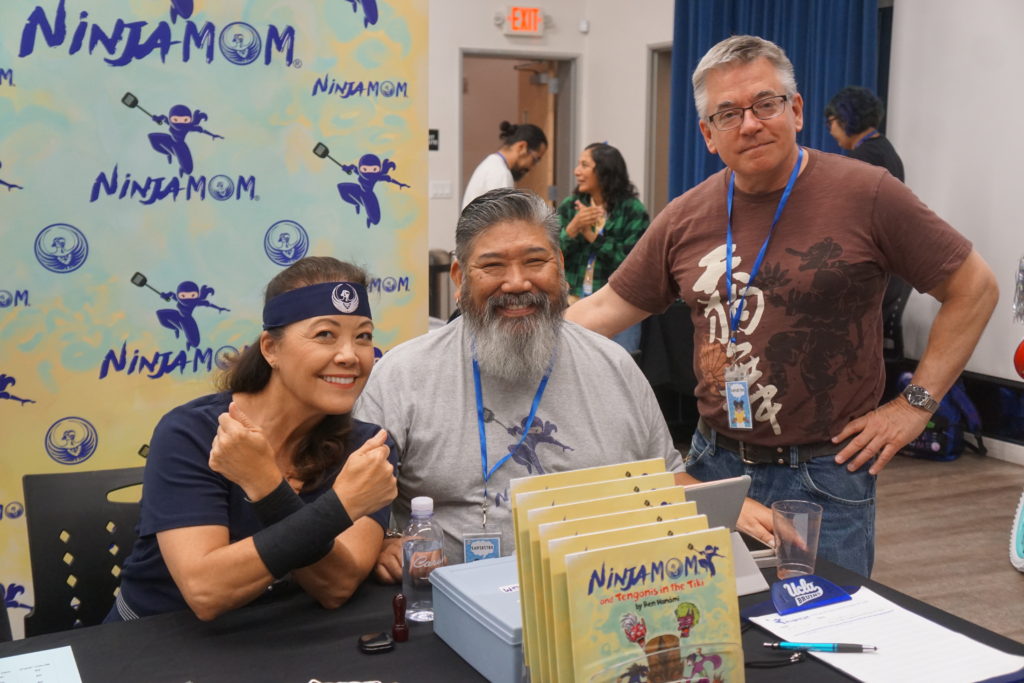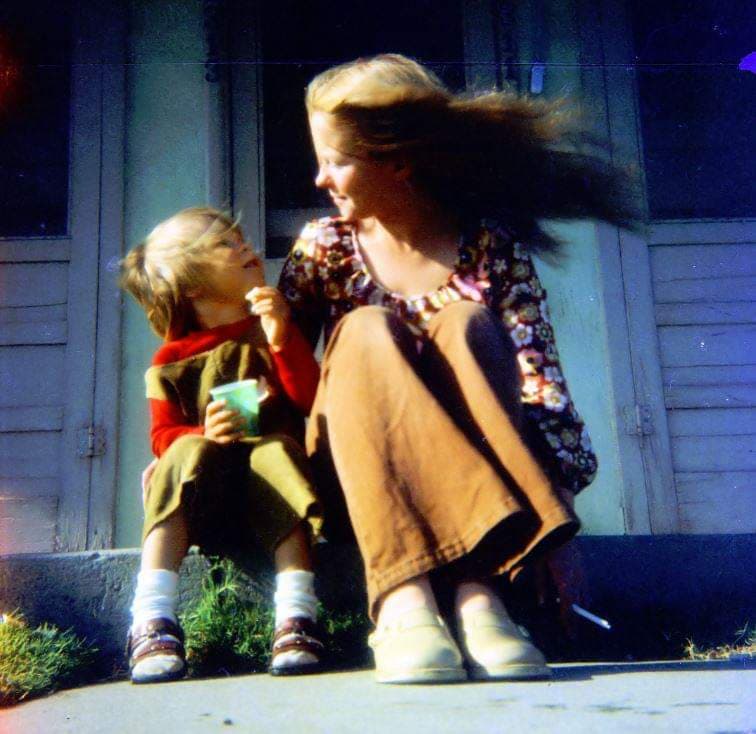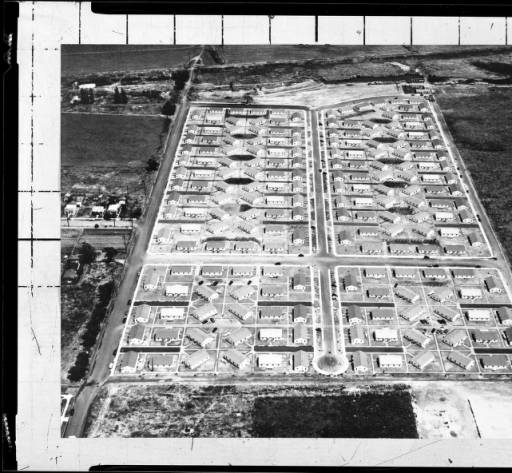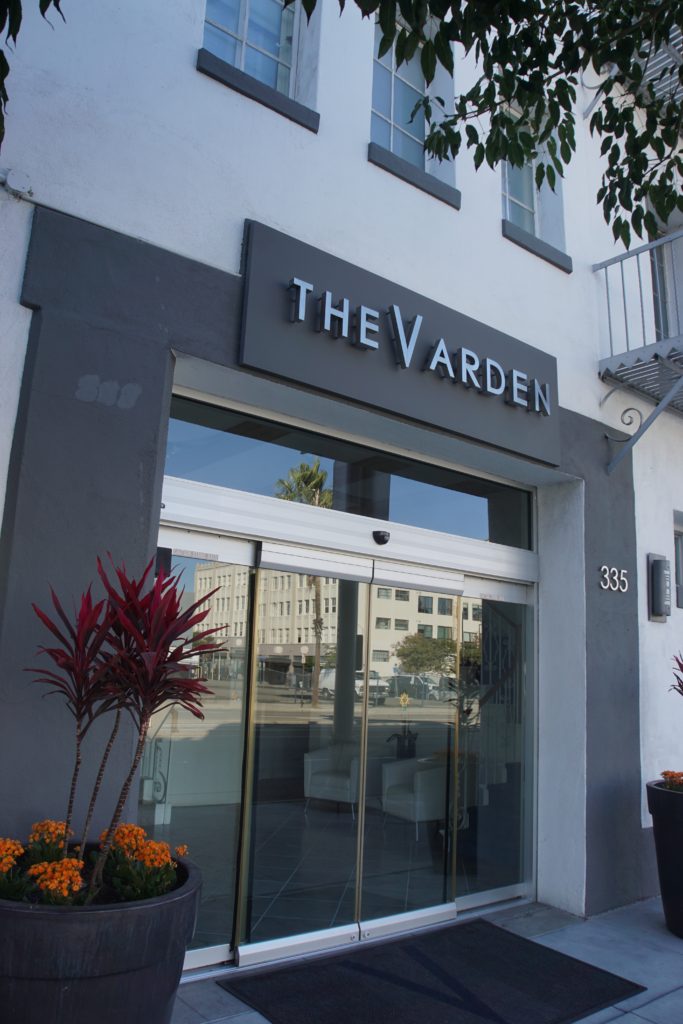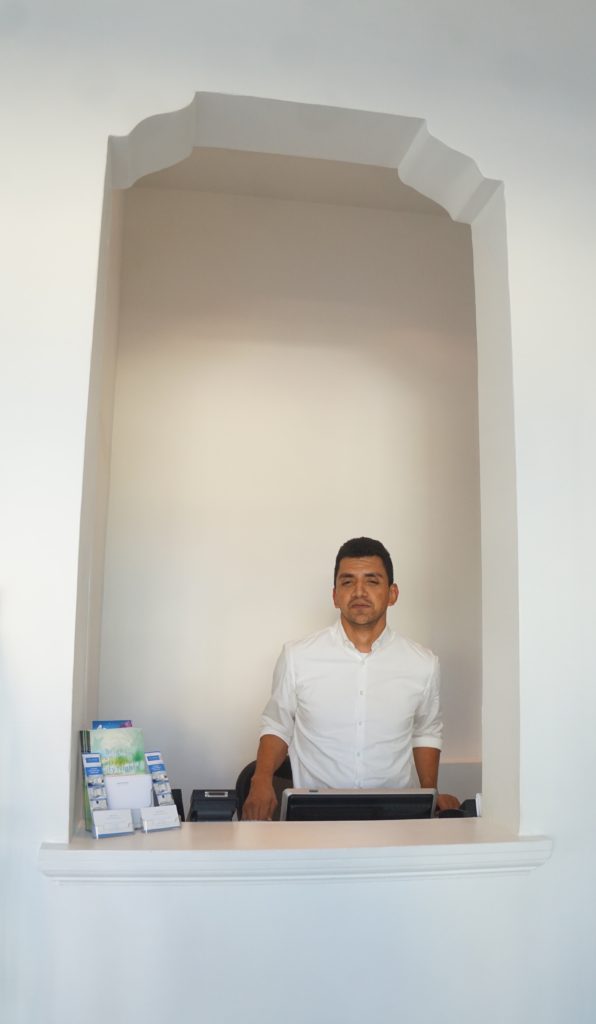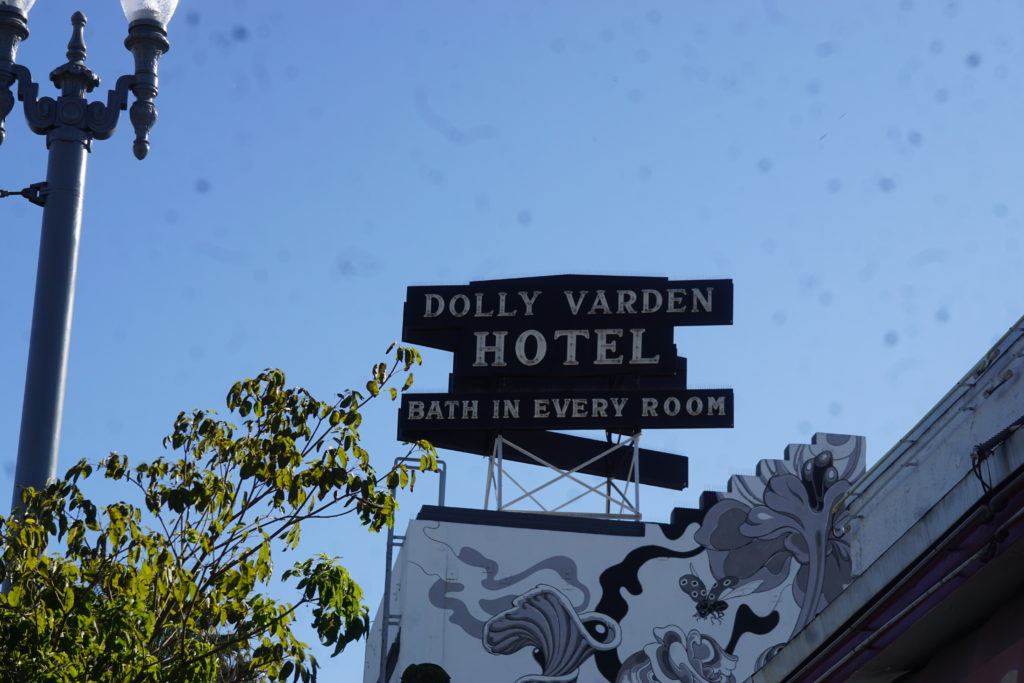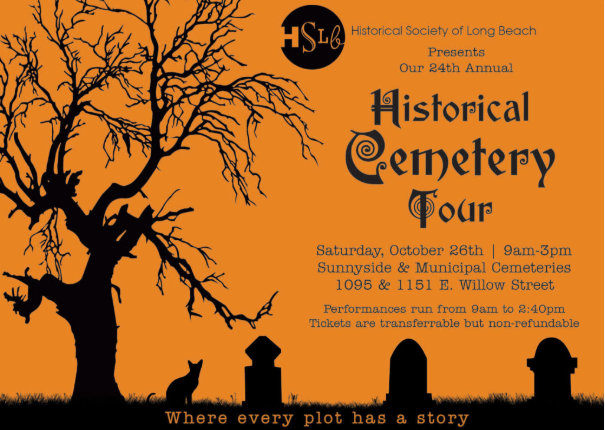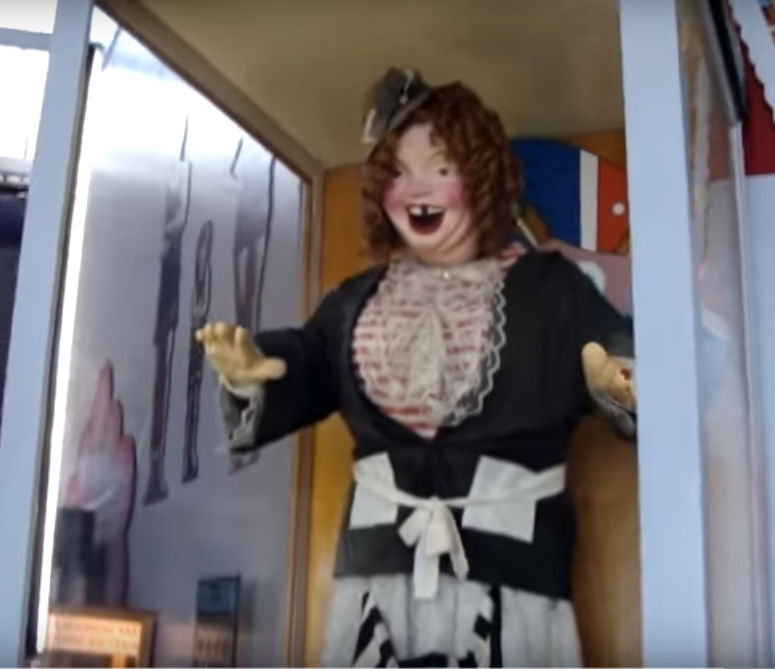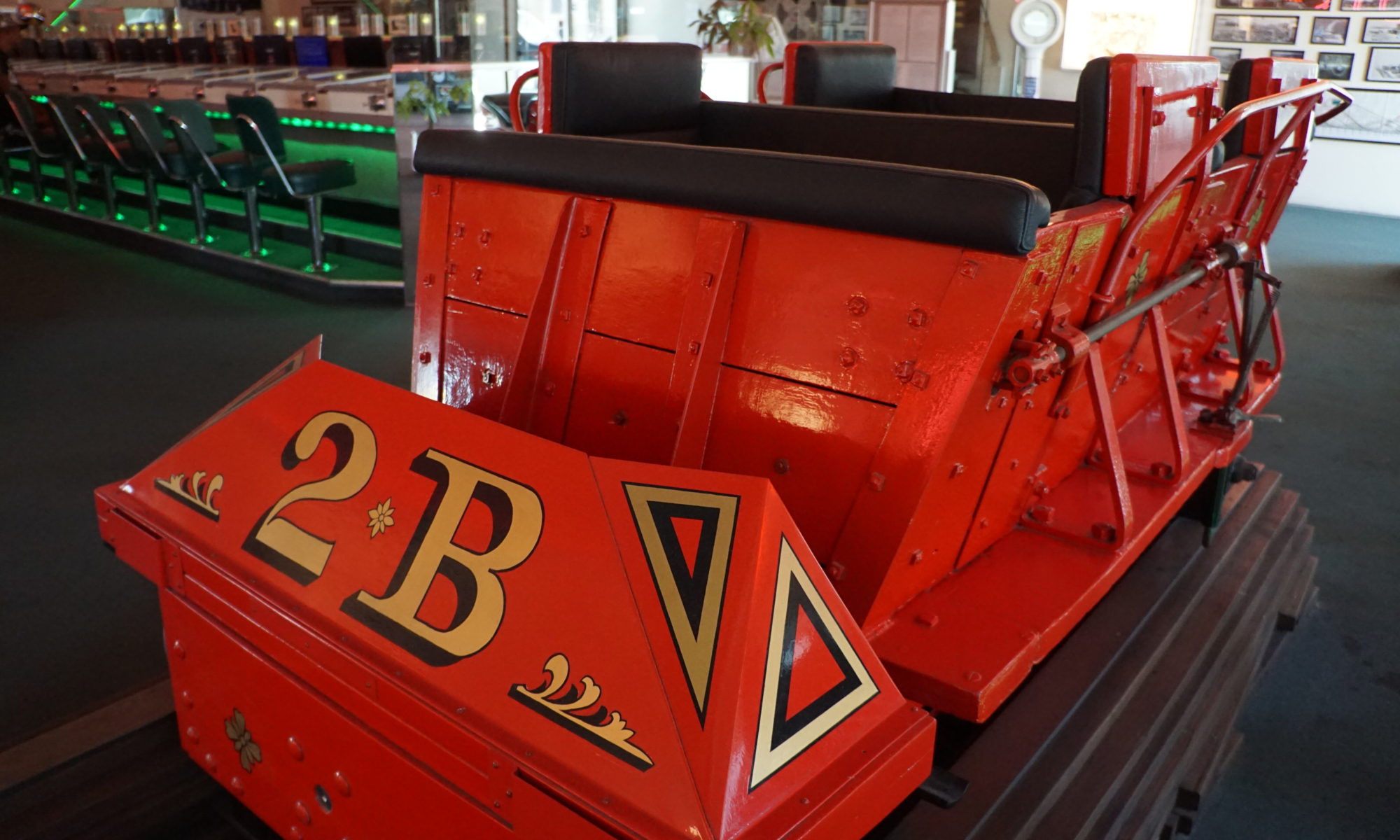I’m on a search for truth and history. I want to find memories and to create them as we engage individuals to put themselves into a specific place today and visualize life is it might have been at some previous time.
I share this message with different people who come to our little space in Long Beach, Shoreline Village’s Brickersville, as I seek to understand what memories they have of the village and the old Pike.
On Sunday October 27, 2019, we had an interesting memory that I would like to share with you.
The father shared his memory of Oinkers, the Pot Bellied Pig Store. Folks would buy their pot bellied pigs and, I suppose, their feed and supplies. Those who purchased their pigs would walk them along Shoreline Drive. I suppose it was quite the fad. He shared with me that he had photos of himself and his brother sitting on the land that was there before there was anything, sometime in the 80’s.
According to this fellow, there was nothing, then there was Oinkers, then eventually the Yard House restaurant. I was so excited! I would like to tell you that I was new to this country in the 80’s. I have no memory of a pot bellied pig fad, but I suppose there could have been one. I like to give my visitors the benefit of the doubt.
I shared this memory with my husband after I returned home. He thinks that my visitor was ‘pulling my leg’. What do you think?
My visitor has promised to bring a photo of himself with his pot bellied pig, and one with his brother sitting on the land that was there before the Yard House restaurant. I’m sure he will be back.
Do you have an interesting story to tell? Can you validate his story? Can you invalidate it? Visit us at Shoreline Village’s Brickersville to share your story.
